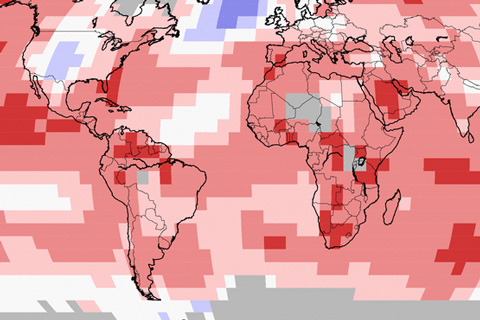
For those trying to guess the May 2015 global temperature as part of our 'Climate Challenge' game, the climate served up a new record. Nowhere was record cool, but lots of places were record warm.

Coffee lovers now consume more than 2.25 billion cups a day, but climate change may increase the cost and harm the taste of this popular beverage--not to mention threaten the livelihoods of millions of small farmers.
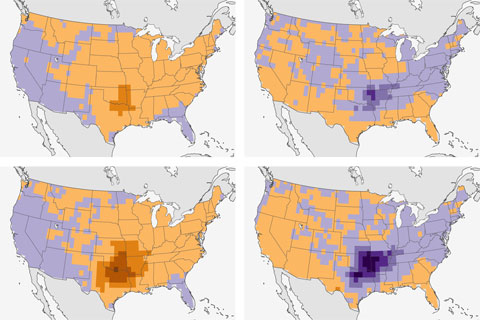
Scienitsts find connection between El Niño and fewer spring tornadoes in the south-central United States.
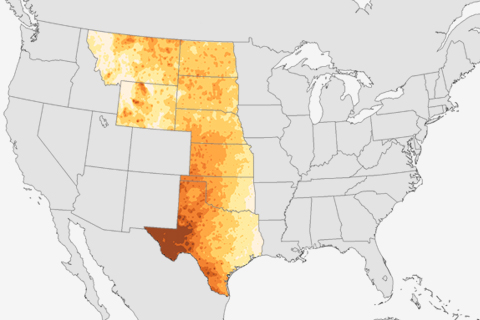
From soybeans and sunflowers in North Dakota to cotton and winter wheat in Texas, large stretches of croplands in the U.S. Great Plains rely exclusively on rain. Those croplands are likely to face longer dry spells by mid-century.

Few things are more important to California’s water supply than the water content of the mountain snowpack at the start of the state’s warm season. In the latest round of our Climate Challenge game, experts and participants predicted the water content of the Sierra Nevada snowpack on May 1, 2015. The answer was disturbingly low.
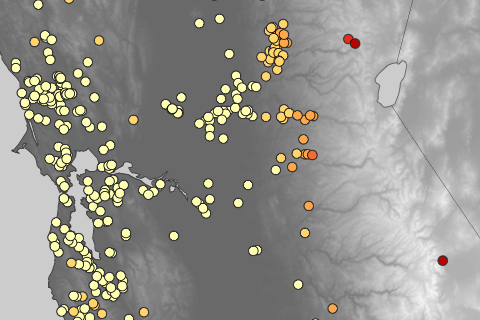
Strong evidence suggests that mountain areas are warming more quickly than lower elevations—with serious consequences for water supplies. But historical weather observations from mountain ranges are limited, leaving scientists with plenty of questions.
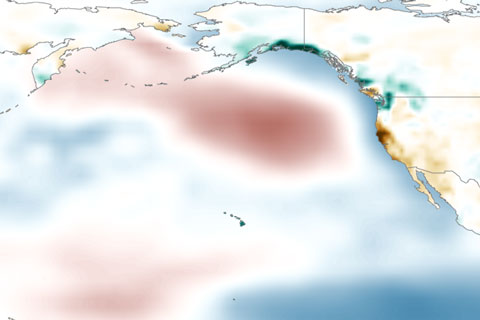
A new analysis suggests that in the winter following a La Niña, dryness in California often deepens into drought. Consistent with that pattern, California’s current drought began in 2011-12, during the second year of a La Niña episode.

In northern Alaska, ponds are shrinking and disappearing as the frozen ground beneath them thaws. The loss may have serious consequences for migratory birds and the subsistence hunters that depend on them.

A drought in the Southeast in 2011 gave cotton growers and consumers a preview of what could become a more common scenario for the main ingredient of our most comfortable clothes.
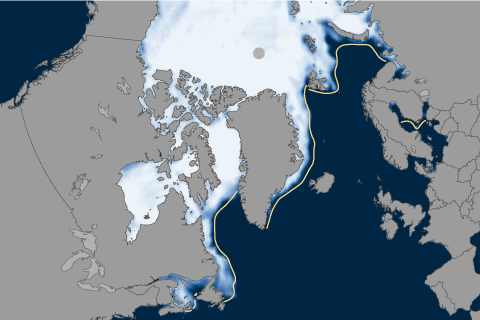
Arctic sea ice extent reached 5.61 million square miles on February 25, and then began to retreat. Unless a late growth spurt takes place, it will be the smallest winter maximum in the satellite record.